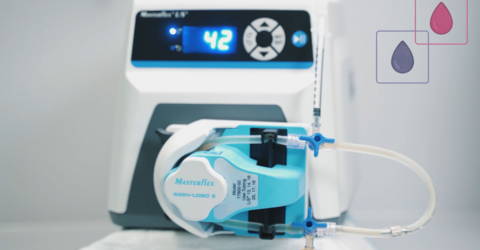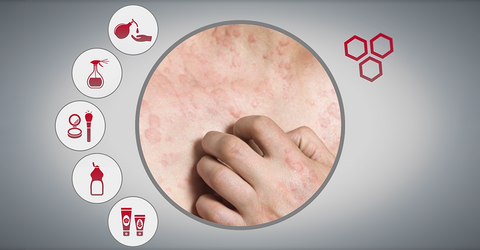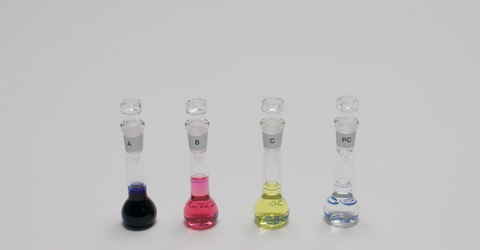Articles on 3Rs topics

6R-Course
Many experiments are not reproducible. According to a survey, 90% of researchers see a reproducibility crisis in science. This course aims to sensitize researchers to this issue and improve the quality of experiments.
Details
Careful breeding planning in mice
This presentation by Prof. Kurt Reifenberg is a recommendation describing appropriate tools for careful breeding planning in mice and applying these tools to specific breedings.
details
The 3R-Concept
3R, definition, replace, reduce, refineThis article details what the 3Rs concept means, where it comes from and what the legal implementation of the concept looks like in Germany.
details (DE)
3R centres in Germany
Through this link we present various 3R centres in Germany on an interactive map. Take a look now and then, as the content is currently still under construction.
details (DE)
3R centres in Europe
Through this link we present various 3R centres in Europe on an interactive map. Take a look now and then, as the content is currently still under construction.
details
Haemocompatibility
haemocompatibility, species-specific, chandler loop system, in vitroIn this article, a test is presented for determining the blood tolerability of medical devices.
details![[Translate to English:] MoNLightBoNT-Assay](/fileadmin/_processed_/6/8/csm_Thumbnail_Monlightbont_Beitrag_2f979b4d08.png)
MoNLightBoNT-Assay
in vitro, activity testing, botulinum-neurotoxinsThe MoNLightBoNT assay is designed to be used in the long run as an alternative to the mouse lethality test for the activity testing of various products containing Botulinum neurotoxin (BoNT), such as Botox®.
Details
Sens in Vitro
sens in vitro, skin sensitization, in vitroFor the introduction of alternative methods LuSens, kDPRA and epiCS it is important to address the topic of skin sensitization first.
Details
kDPRA
kDPRA, OECD testguideline no. 442C, skin sensitization, in vitrokDPRA is an extension of DPRA, which is already internationally recognized. With kDPRA it is possible not only to draw conclusions on skin-sensitizing potential, but also to determine the potency of the skin-sensitizing effect.
Details